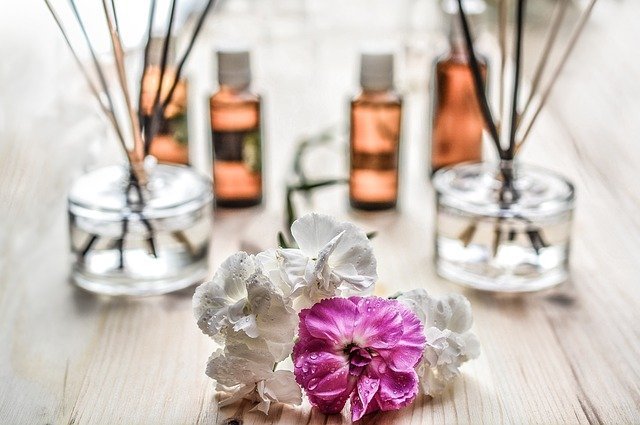
Difference between essence and essential oil: what is an essential oil and what is an essence? Production techniques and differences in meaning.
In short:
The meaning of essence differs from that of essential oil only in the production techniques. The difference lies in a simple technicality so in the common jargon the two terms can be used interchangeably.
Difference between essence and essential oil
By essence we refer to the set of various chemical constituents present in the organelles of the plant, in its organs of synthesis, collection and secretion, that is to say in the “fruits”.
Essential oil defines exactly the same group of substances but when these are extracted from other parts of the plant such as flowers, leaves and bark.
In general, the differences between essential oil and essence can also be reduced in terms of extraction techniques:
- – for the production of the essences the cold pressing technique is used.
- – steam distillation is generally used for the production of essential oils.
- – in some cases the active ingredients are extracted with a solvent enfleurage process. With this extraction technique we speak of absolute oils.
The differences between the two terms are only useful when more essential oils are obtained from the same plants.
To give a practical example, let’s talk about the chemical components extracted from orange.
When we talk about the essence of orange we refer to the essential oil obtained by cold pressing of the orange peel.
On the contrary, if we are talking about essential oil of orange, if the term is used without different clarifications, we will refer to the essential oil obtained with the technique of steam distillation of twigs and leaves of the same plant.
Again, we can speak of absolute orange oil and this time we refer to Neroli oil extracted with a process of enfluage of orange blossoms.
Essential oils and steam distillation
Steam distillation consists in the extraction of the aromatic particles of the plant through the heat of water vapor.
Flowers, leaves, bark, branches, roots… do not come into direct contact with the water but with the steam produced by the water itself. The hot steam will extract the active ingredients and once condensed it will give life to a mixture called hydrolat, often known as floral water. Hydrolates are mixtures given by water and essential oils, once extracted, all that remains is to separate the concentrated active ingredients from the aqueous component.
Essences and cold pressing
The essences are the same active ingredients as the plants but this time they are extracted with a cold pressing process, very different from the extraction with a heat current that takes advantage of high temperatures.
The fruits of the plants cannot undergo the distillation process and for this reason they are cold pressed, that is to say that the fruit is reduced to a mixture from which the essential oil is extracted which in this case takes the name of essence. Normally the temperature used for the extraction is between 27 ° C and 49 ° C to preserve as many nutrients as possible and ensure a better quality of the oil.
Differences between Essences, essential oils and absolute oils
As anticipated, sometimes the chemical constituents extracted from plants in oily solution are called absolute oil. In these cases, the extraction technique used involves the use of solvents.
Solvent extraction (enfleurage) often uses ethanol. The plant parts of the plant are treated with ethanol (or other solvent) in order to extract the active ingredients contained in them. Finally, the solvent is removed by evaporation at room temperature (ethanol, as well as the other solvents used, is extremely volatile) so what remains is the pure oil obtained from the plant.






